On many world maps, Canada stands out as enormous. It stretches across the continent from the Atlantic to the Pacific and pushes deep into the Arctic north.
Still, size alone doesn’t tell the full story. When comparing Canada with the United States, the differences go beyond landmass.
Geography, culture, economy, and even the way travelers experience each country all come into play.
This article explores those differences, starting with the question of size and moving through the many ways it shapes life and travel.
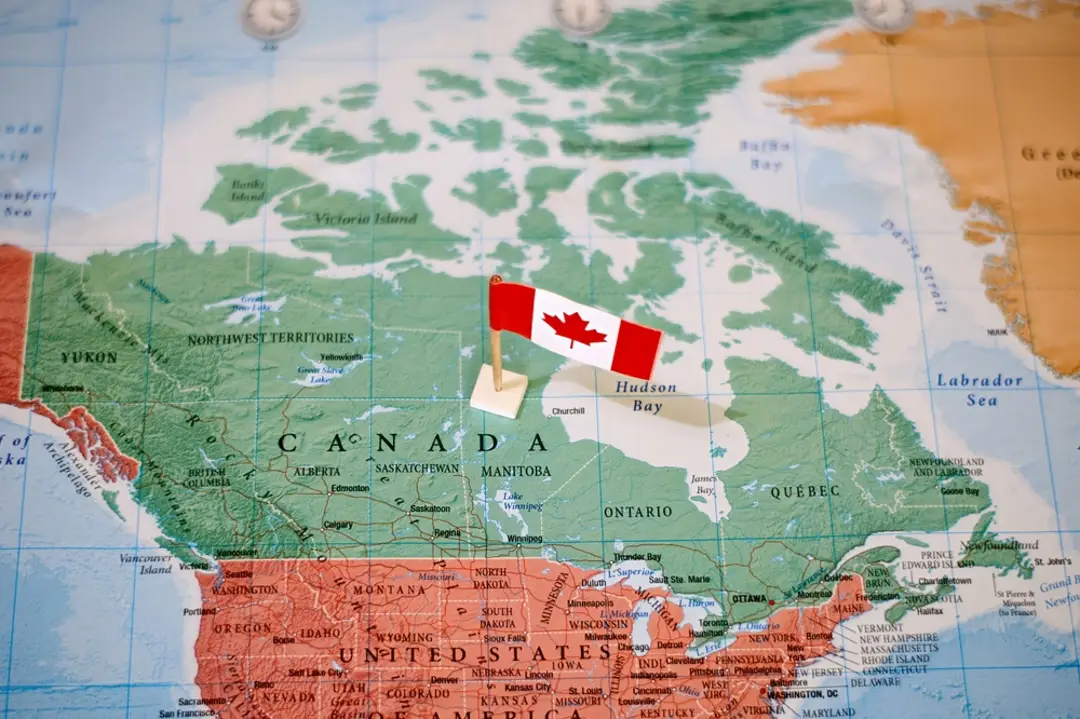
Is Canada Bigger than the US
Yes, Canada is bigger than the U.S. in terms of total area.
With about 9.98 million square kilometers, Canada edges out the United States, which covers roughly 9.83 million square kilometers.
The scale of Canada is striking, with vast stretches of wilderness separating its cities and giving it an almost boundless feel.
When comparing countries, people usually refer to “total area,” which includes both land and water. By this measure, Canada comes out ahead.
However, when looking only at land area, the U.S. takes the lead, with about 9.15 million square kilometers compared to Canada’s 9.08 million.
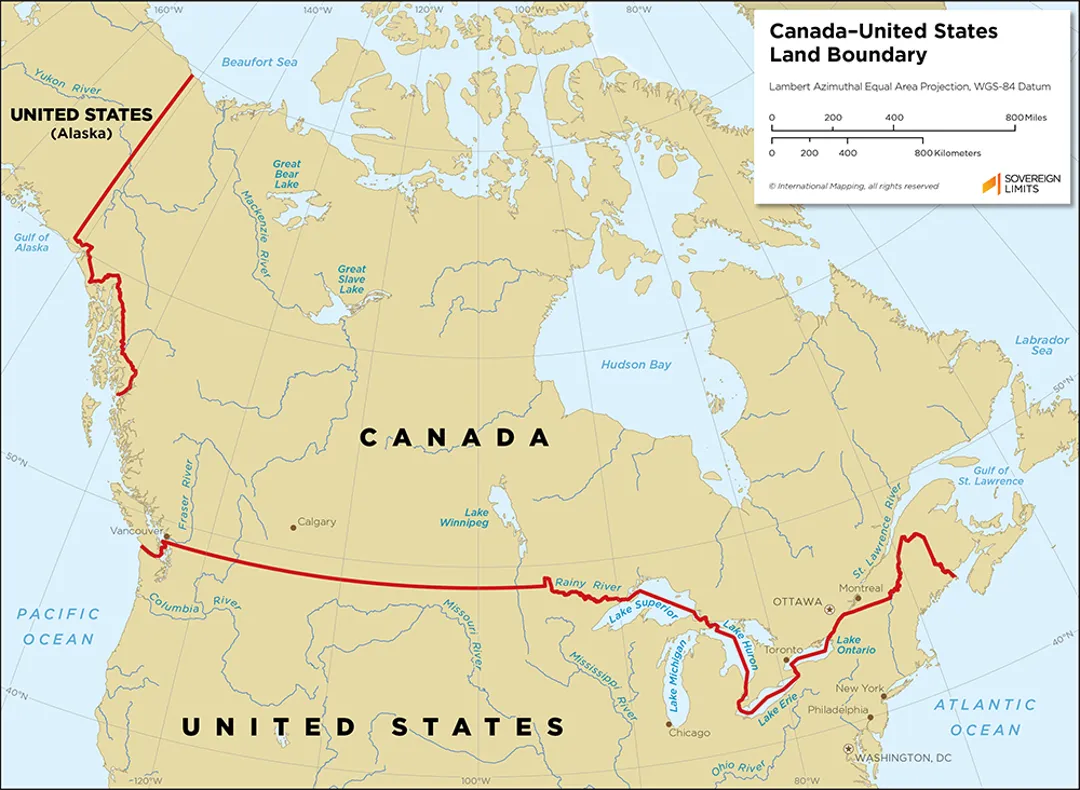
Canada has a lot of lakes and a lot of coastline, and that additional water just fills the voids created by its larger landmass. Likewise, the U.S. has some major water features, but land comes first.
That interplay of land and water provides each country with a distinct appearance, helping Canada to look more open and expansive, the U.S. more crowded and busy, and both more unique.
It’s this mix of land and water that also provides for such diverse experiences and landscapes on travelers’ journeys across North America.
Geographical and Landscape Diversity
Canada’s Landscapes
Canada is known for its wild and rugged wilderness.
From the Rocky Mountains in the west to the vast prairies in the east, the country is defined by its landscapes.
The north stretches into endless forests, arctic tundra, and the longest coastline in the world, creating a sense of remoteness.
For travelers, Canada offers outdoor adventures of every kind, from hiking to paddling, in places that feel unspoiled and boundless.
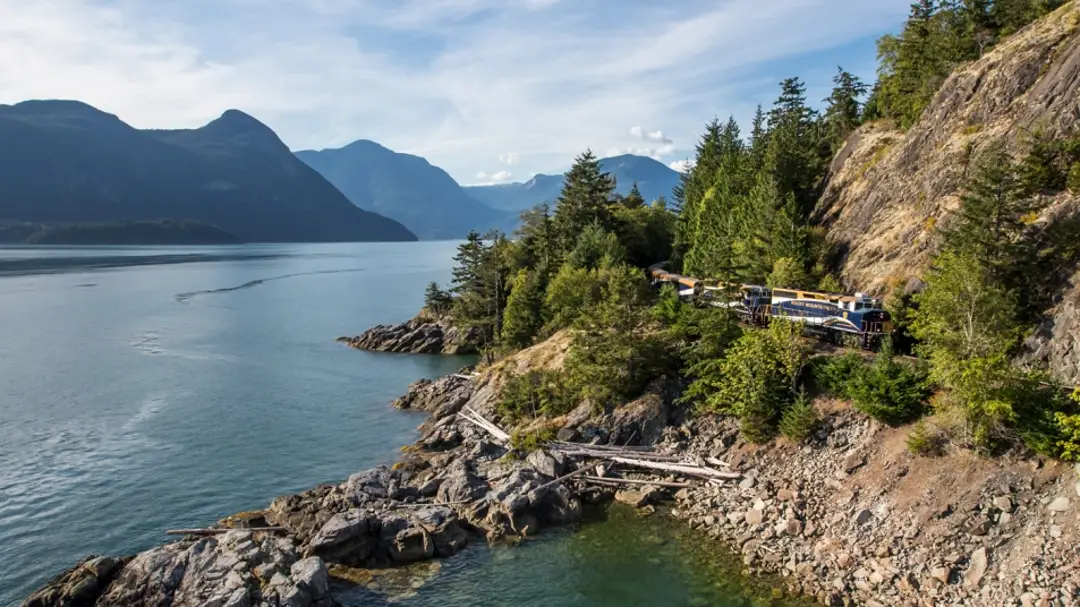
U.S. Landscapes
The US holds a remarkable amount of natural beauty within its borders.
You can journey from the deserts of the Southwest to the sandy beaches of Florida and California, and even explore tropical islands.
In the central states, wide grassy plains stretch for miles, while the Rockies and Alaska are home to snow-capped national parks.
Travel here is full of variety, offering both urban excitement and natural escapes, often just a short drive apart.
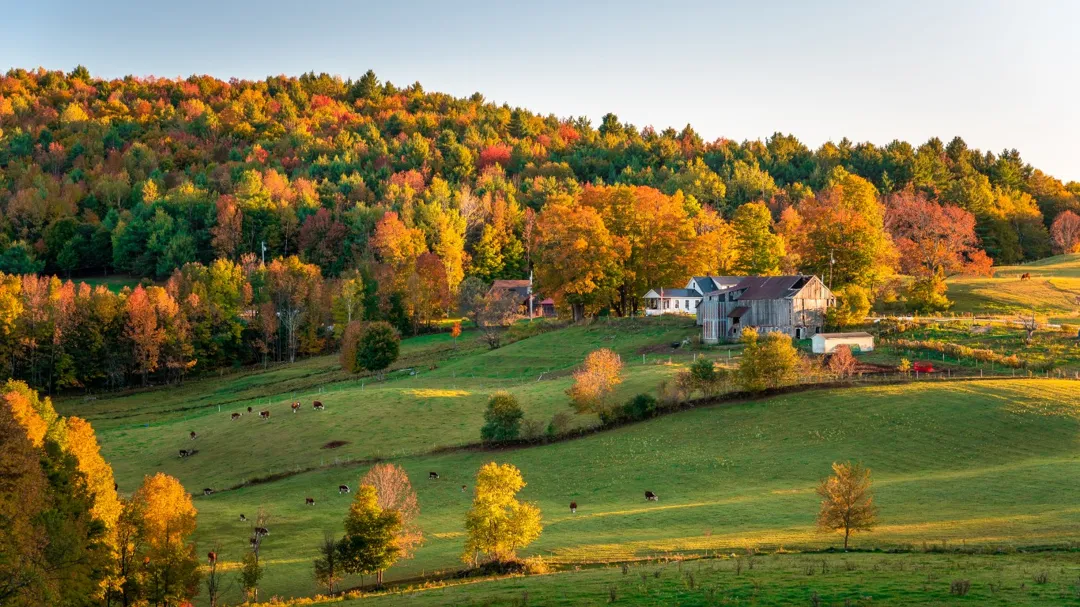
Cultural Differences Between Canada and the U.S.
Despite their shared origins in Indigenous heritage and immigration history, Canada and the United States reflect that past in very different ways.
Canada is a bilingual country, having French and English as its official languages throughout signage and schooling.
Its cities, like Toronto and Vancouver, are known for celebrating multiculturalism as one of their core traits, including a wealth of diverse neighborhoods, festivals, and cuisines.
America, on the other hand, expresses its diverse culture through regional identities, such as Southern hospitality and the Spanish flair in the Southwest.
Both countries have unique traditions and history, and in each, the rural and cultural life are worlds apart from the big cities.
In each, you don’t have to go far to experience a completely different world.

Economy Comparison
With lots of natural resources, Canada is a country that has improved its economy. In 2025, Canada had a GDP of $2.55 trillion USD.
While there were some struggles thanks to US tariffs (like the auto, steel, and aluminum industries), the service sector is booming (accounting for 74% of the economy).
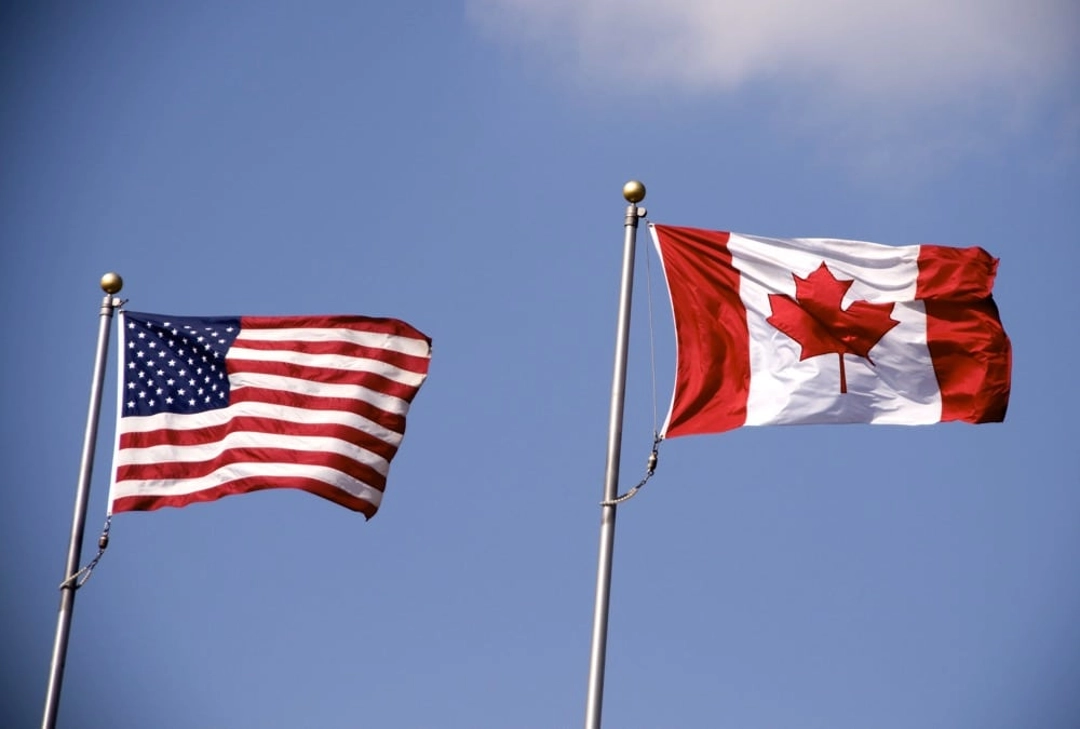
The United States is the powerhouse of the world, financially at least. In 2025, the country’s GDP broke the incredible $30.5 trillion USD mark.
There were some initial fears about trade wars, but consumer spending soared, helping to mitigate this.
The tech and finance sectors keep things buzzing, and services make up almost 80% of all economic activity.
Population and Density
In terms of population, the United States and Canada couldn’t be more different.
The United States is home to more than 330 million people living in modern, bustling cities. In contrast, Canada’s population is slightly over 38 million.
This huge discrepancy leads to many more urban areas in the United States and more vast, untouched wilderness in Canada.

The countryside and coastal area of the U.S. are densely populated. Huge chunks of Canada are uninhabited.
Most Canadians live along its southern border with the United States, leaving the north a vast, empty, wild space that that few people venture to.
In Canada, you can drive for hours without seeing anyone. In the United States, there’s always a city or town just up the road.
That can make a big difference in your travel experience if you love or hate the wide open spaces.
Time Zones and Travel Logistics
Canada and the United States are both so large, they cover several time zones.
Canada has six time zones, from Newfoundland in the east to Pacific Time in the west.
The United States spans nine time zones, made even more confusing by states’ varying observance of daylight saving time.
It makes it a little more challenging to plan and coordinate trips across the country. For travelers, knowing time zones is essential for planning out that itinerary.

FAQ
1. What makes the U.S. a travel-friendly country?
There’s no denying that the U.S. has excellent travel and tourism infrastructure and all kinds of things to see and do, both natural and urban.
2. What environmental efforts are notable in Canada?
Canada is home to many conservation areas and national parks to protect its beautiful scenery and wide range of wildlife.
3. How does the cultural scene in the U.S. comparing to Canada?
In the United States, you get a varied culture that’s a mix from around the world. This creates bustling cities with tons of music, art, and food!
Conclusion
In total, Canada is bigger than The U.S.. But if you exclude the water, the U.S. actually has more land.
For travelers, Canada represents endless solitude and natural beauty. The U.S. is more about culture and diverse landscapes.
Size isn’t everything but, either way, both countries offer travelers a huge canvas to get lost while experiencing all the world has to offer.
From the quiet and peace of Canada’s wilds to the The U.S.’ bustling cities, there’s an adventure awaiting in the north and south and east and west.
